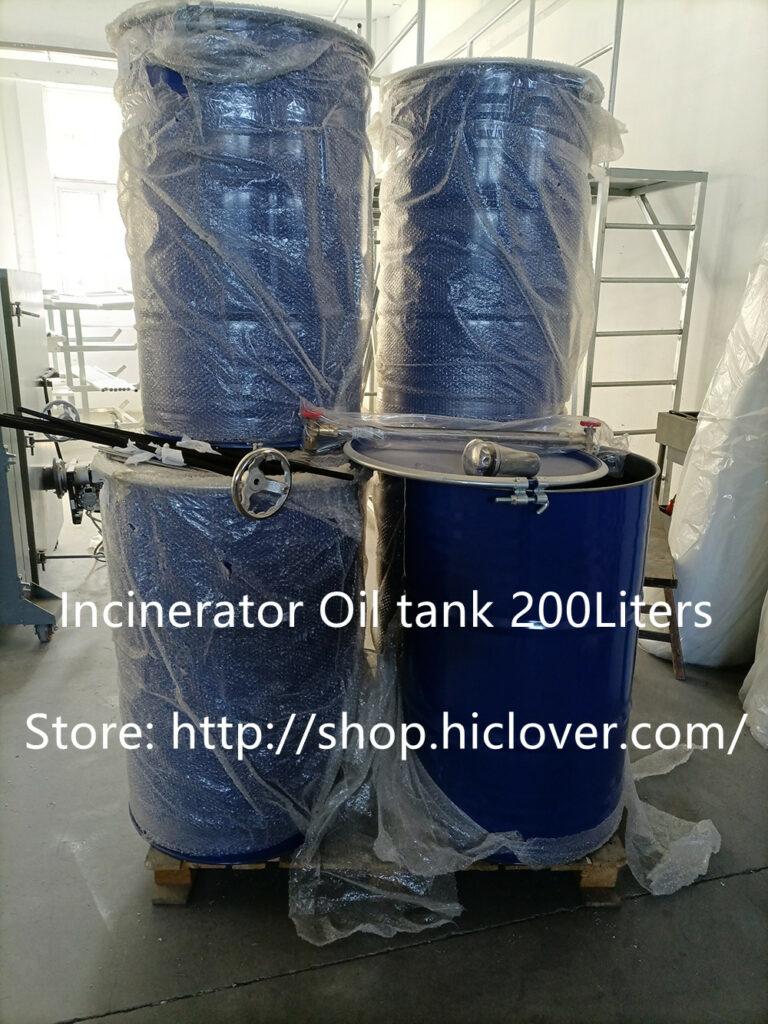Chemical incinerators are industrial facilities that burn hazardous waste such as solvents, chemical waste, and other potentially harmful materials. While these incinerators are designed to dispose of waste and reduce its volume, they can also have a significant environmental impact. Understanding the potential effects of chemical incinerators is essential for ensuring the health and safety of both human beings and the environment.
One of the most significant concerns surrounding chemical incinerators is air pollution. When hazardous waste is burned, it releases harmful pollutants into the air, including dioxins, furans, and heavy metals. These pollutants can have serious health effects on nearby communities, including respiratory issues, cancer, and neurological disorders.
Furthermore, the greenhouse gas emissions from chemical incinerators contribute to climate change. The combustion of waste releases carbon dioxide, a major contributor to global warming. In addition, incinerators release other greenhouse gases such as methane and nitrous oxide, which further exacerbate climate change.
Another concern related to chemical incinerators is the potential impact on water quality. Incinerators produce ash and other residues that may contain toxic substances. If not properly managed, these residues can leach into the soil and water, contaminating groundwater and surface water sources. This can have detrimental effects on local ecosystems and pose a risk to human health if the contaminated water is consumed.
In addition to air and water pollution, chemical incinerators can also have an impact on soil quality. The deposition of ash and other residues can alter the chemical composition of soil, affecting its fertility and ability to support plant and animal life.
Given these potential impacts, it is essential to carefully regulate chemical incinerators and ensure they are operated in a manner that minimizes harm to the environment. This includes implementing strict emissions controls, monitoring and reporting requirements, and proper waste management practices to prevent contamination of soil and water sources.
Furthermore, it is important for communities living near chemical incinerators to be informed about the potential risks and have access to information regarding emissions, health impacts, and emergency response plans.
In conclusion, chemical incinerators can have a significant environmental impact, including air and water pollution, greenhouse gas emissions, and soil contamination. It is important for regulators, industry stakeholders, and the public to be aware of these potential impacts and take steps to mitigate and minimize harm to the environment and human health. By implementing strict regulations, monitoring and reporting requirements, and waste management practices, we can work to ensure that chemical incinerators are operated in a manner that protects the environment and contributes to a sustainable future.



